Ubiquity6’s Display.land App Transforms Your Smartphone into a 3D Scanner
The smartphone app Display.land enables users to easily create 3D models of their environment, digitally edit these and share with their friends. The app practically transforms your smartphone into a photogrammetry machine and users can operate without the need for any special accessories or expertise.
Ubiquity6 will be launching Display.land, an AR app that allows users to capture the real-world around them, edit it, mash it up and then share it with others.
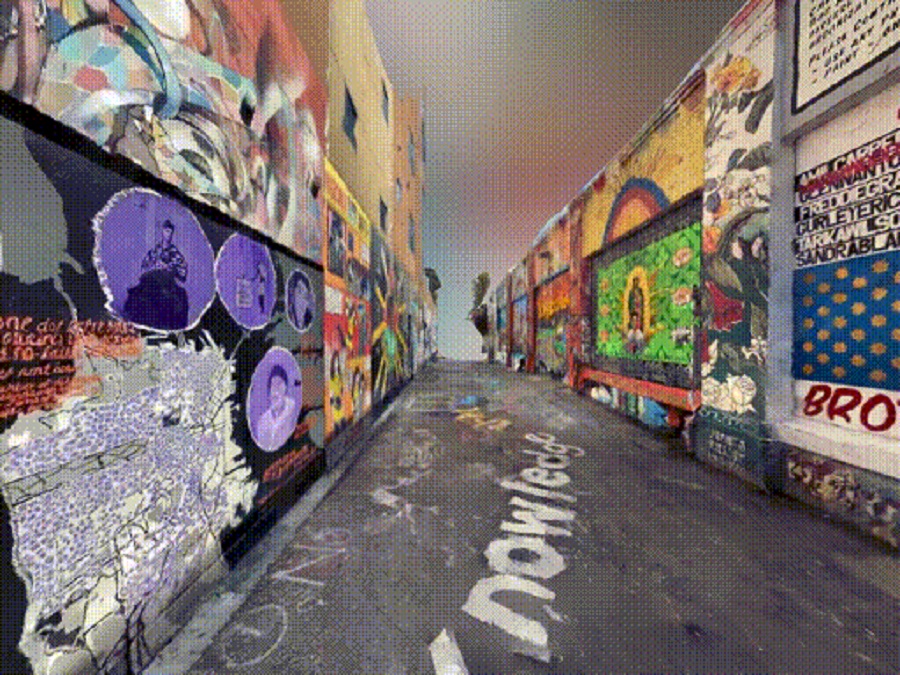
The app merges the digital and the physical worlds transforming reality into a digital canvas that creative users can decorate using virtual imagery. The Display.land app is available on both Android and iOS and leverages the graphics processing power of the smartphones along with photogrammetry. It performs its work by precisely interpreting and then stitching together the photos to provide a real sense of space. The app also leverages Ubiquity6’s cloud servers.
Your smartphone camera effectively becomes a scanner of the world with the Display-land app. Users can move their cameras around a space and the Ubiquity6’s computer vision technology will reconstruct the space into digital form. It is then transformed into a “digital space” that users can decorate in real-time using emojis, paint brushes and decals. Users can create this space on their own and then share it using a button on their smartphones.
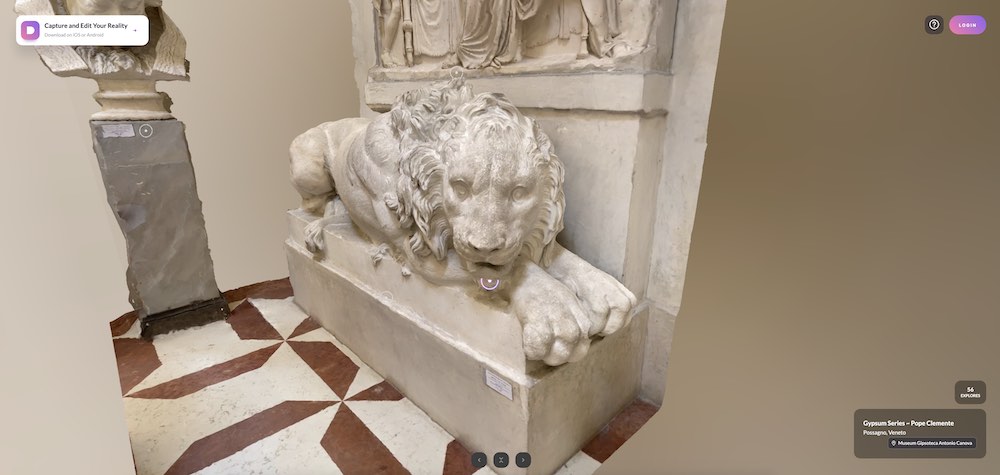
The Ubiquity6 app allows anyone with a smartphone to transform their real-world locations into a shared digital space. It is so precise that it captures this down to a few centimeters. You will then be able to create 3D interactive experiences in these digital spaces which now serves almost like a game engine but where, fortunately, you don’t need to be a professional game developer to create. Users are also able to share the digital spaces that they create with anybody. There is much more that you will be able to do with this space.
The Ubiquity6’s software leverages the smartphone’s camera, its navigation as well as the motion-sensing data. Players are even able to re-create a real-world space and then interact with it in digital format. Players can also make other things such as spatial photo albums, architectural annotations, animated scenes that are instantly viewable through a web browser across mobile, desktop as well as virtual reality devices, with just a simple URL. By just sharing the simple URL, other players are able to enter the same space as you.
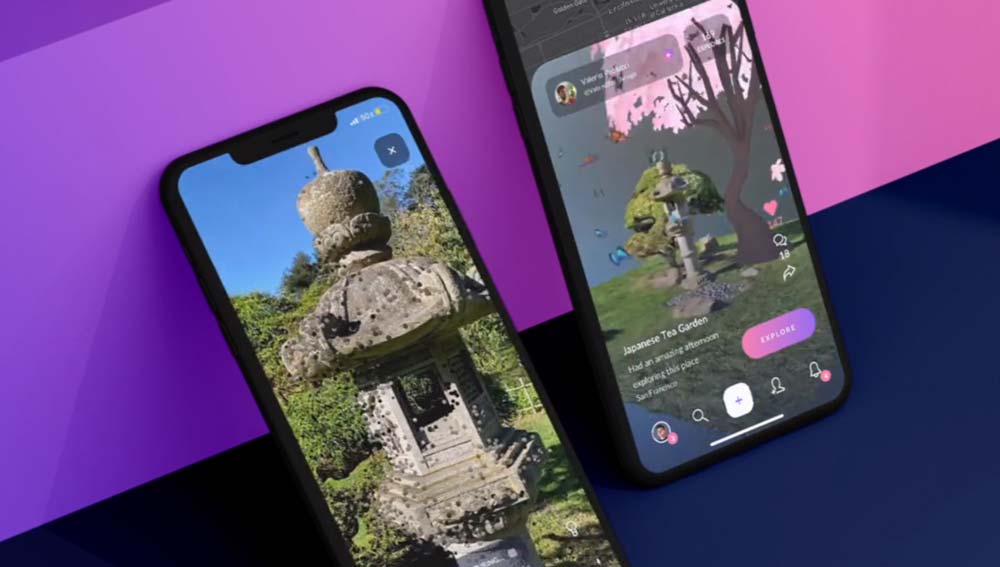
Ubiquity6 is planning to roll out more powerful creation tools over time. Its Display.land app marries the best of the gaming engine stack, photogrammetry and multiplayer, features that usually only available to high-end game development professionals. It transforms everyday AR users into game-level creators during early access. The capability will now be available to anyone with a smartphone.
What Display.land looks like
It is even possible to capture the part of a space, share it and for another person to capture other parts of the same space. Essentially, Display.land allows a player to take and share a file with others and then the Ubiquity6 engine stitches together these realities. Players can freely mash-up disparate creations, share them and even get the credits for sharing. Players and their friends can also annotate the spaces with notes, 3D objects, photos as well as links.
The Display-land app basically overlays a shared persistent world over the real world with just a simple smartphone and it works on any platform.
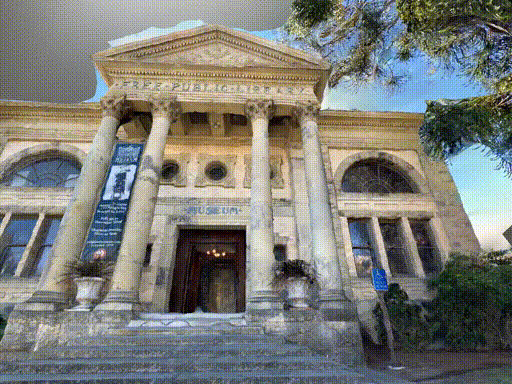
A user can simply point their smartphone around their surroundings for the app to collect the point of cloud for all the objects in their real-world surroundings. Once the user has done maximum scanning, the app will notify you and you can subsequently send off this imagery for processing. It scans until the user has collected a “max” data amount. When the data is transmitted, the Ubiquity6’s software will compress the data so that it is not too heavy to be transmitted over a network or Wi-Fi.
Processing the data will take time but once it is ready, you will be able to view the digital space in real-time. The finished (processed) image will be a hyper-accurate 3D rendering of the real-word surroundings that you captured. If you don’t do a “max” scanning, some of the areas in the digital rendering will be blank. The blank areas fill out when you do a max amount of data collection. When you hit publish, you can publicly share the 3D rendering with the community.
Building a New Community Around Display.land
Display.land has been built like a social network. Users create a profile, can show their 3D scans to other users on the platform, explore the 3D scans and follow other interesting users on Display-land. The platforms feels almost like an Instagram for 3D scans.
The Display.land community map has since tremendous growth in users since launch and these users have already shared thousands of real-world spaces in more than 50 countries. By sharing their favorite spaces, the Display-land community will learn new things about one another’s spaces and cultures from across the globe.
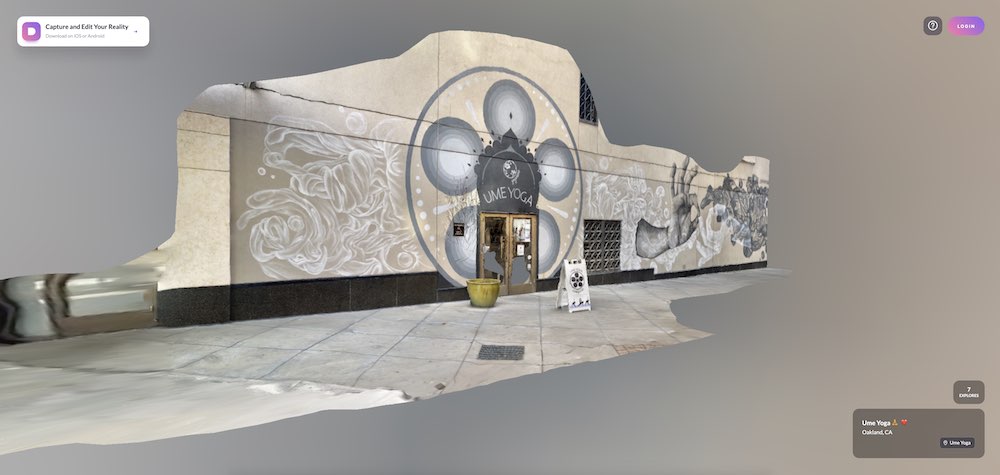
The Display.land platform has been built on the Ubiquity6’s Reality Engine, an end-to end cloud pipeline which merges machine learning and computer vision, real-time 3D graphics along with the persistent and multiplayer networking. The Ubiquity6 Reality Engine allows for cross-platform, massively shared and persistent experiences across augmented reality and virtual reality from any device.
Founded in July 2017 by Midha and Ankit Kumar, Ubiquity6 has raised $37.5 million so far from a constellation of investors including Index Ventures, Kleiner Perkins, Benchmark, First Round Capital and Gradient Ventures. Ubiquity6 currently has a staff of 65. Its Display.land app is free hopes to monetize it over time by charging for the use of high-end tools.
https://virtualrealitytimes.com/2019/11/24/ubiquity6s-display-land-app-transforms-your-smartphone-into-a-3d-scanner/https://virtualrealitytimes.com/wp-content/uploads/2019/11/Displayland-smartphone-scanner-600x340.jpghttps://virtualrealitytimes.com/wp-content/uploads/2019/11/Displayland-smartphone-scanner-150x90.jpgAugmented RealityTechnologyThe smartphone app Display.land enables users to easily create 3D models of their environment, digitally edit these and share with their friends. The app practically transforms your smartphone into a photogrammetry machine and users can operate without the need for any special accessories or expertise. Ubiquity6 will be launching...Sam OchanjiSam Ochanji[email protected]EditorVirtual Reality Times - Metaverse & VR
